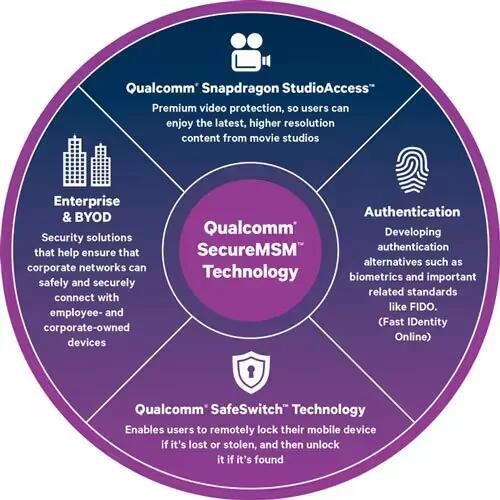“Kill switch” is the buzz phrase of lawmakers and security enforcers these days, at least when it comes to the issues of smartphone security and theft. Even with some flaws and its fair share of detractors, manufacturers, platform developers, and app developers are scrambling to add some form of the feature into their products. Now even Qualcomm is getting into the game. It is announcing that its own hardware-based SafeSwitch solution will debut on the Snapdragon 810, the chip that is expected to power many high-end mobile devices this year.
It now seems that Qualcomm, the leader on the chipset market, has also hopped on the kill switch bandwagon. The Snapdragon 810 silicon comes with Qualcomm’s own kill switch security functionality on board. Dubbed SafeSwitch, Qualcomm’s solution is a hardware-based one and it’s yet another option ahead of all those smartphone manufacturers that put said chip in their devices. SafeSwitch will allow you to “set a password remotely, erase and recover data, and locate or lock a lost or stolen device”.
We don’t know what future Qualcomm chipsets will come with SafeSwitch, but chances are that the chipset maker might make this security feature a standard for its products.
But what makes it any different from the other types of kill switches that are already out there? Well, as Qualcomm puts it, SafeSwitch is described to being almost impossible to “hack”, not only because it’s hardware-based, but due to its early activation during the boot process, long before the rest of the firmware on your phone starts.
